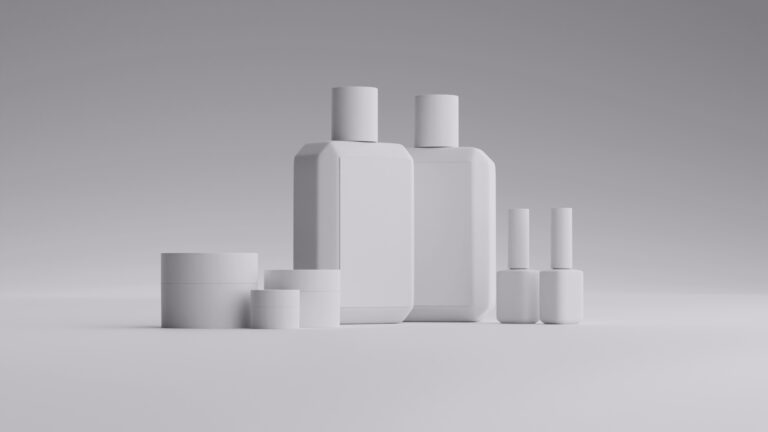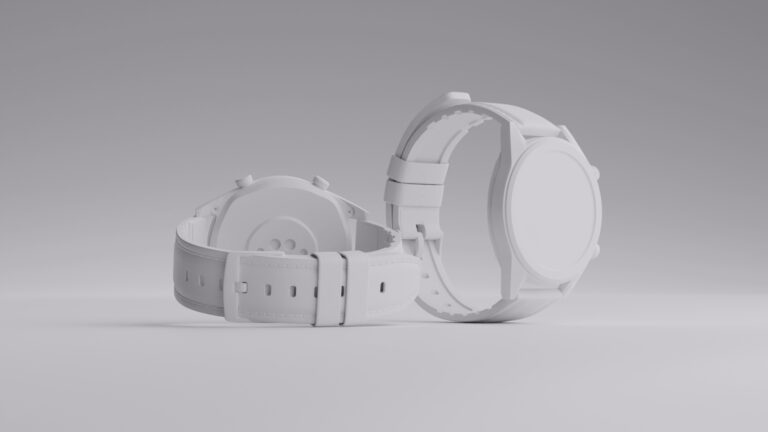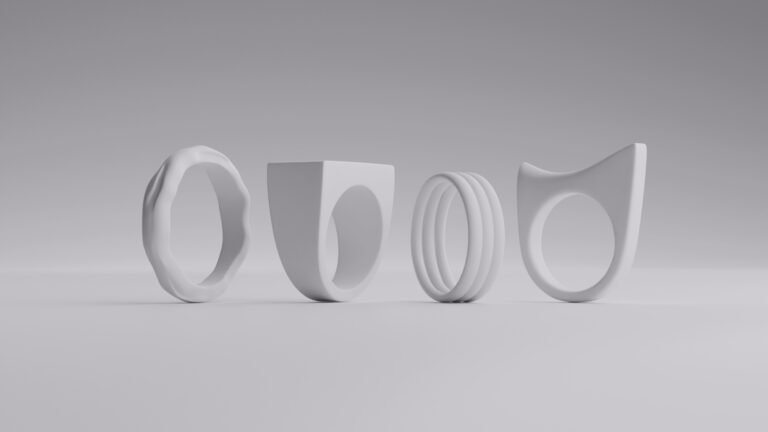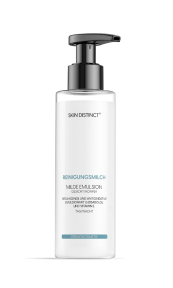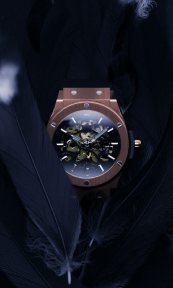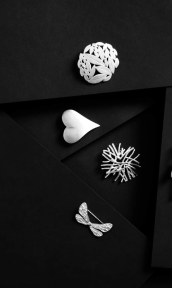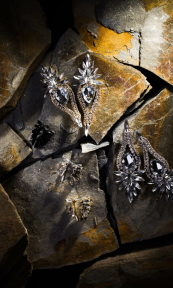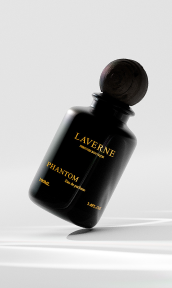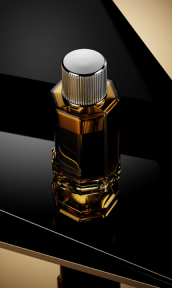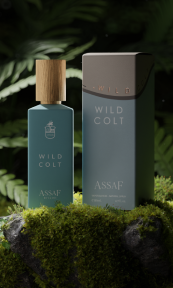Traditionally, product photography involves elaborate photoshoots, expensive lighting setups, and professional photographers. However, thanks to the rise of CGI (Computer-Generated Imagery), product photography has become more accessible, even for those on a tight budget.
What is CGI Product Photography?

CGI (Computer-Generated Imagery) product photography is a technique that involves creating highly realistic images of products using 3D modeling and rendering software rather than capturing the product with a traditional camera. Unlike traditional photography, which relies on physical products, cameras, lighting, and studio setups, CGI allows the creation of entirely digital representations of products. These digital models can then be manipulated, textured, lit, and rendered to produce images that can be virtually indistinguishable from real photographs.
Key Components of CGI Product Photography
- 3D Modeling: At the core of CGI product photography is the creation of a 3D model of the product. This model is a digital representation that replicates the exact shape, dimensions, and details of the physical product. Using software like Blender, Maya, or 3ds Max, designers can create these models from scratch or import them from existing CAD files provided by product designers.
- Texturing and Materials: Once the 3D model is complete, the next step is to apply textures and materials. This process involves defining the surface properties of the product, such as color, reflectivity, roughness, and transparency. High-resolution texture maps and advanced material setups are used to mimic the real-world characteristics of materials like metal, plastic, wood, or fabric.
- Lighting: Just like in traditional photography, lighting plays a crucial role in CGI product photography. Virtual lights are placed around the 3D model to create the desired effects, such as soft shadows, highlights, and reflections. The lighting setup can range from simple studio lighting to complex environmental lighting that simulates natural daylight or other specific conditions.
- Rendering: Rendering is the process of converting the 3D model, along with its textures, materials, and lighting, into a 2D image. The rendering engine calculates how light interacts with the model’s surfaces and produces a final image that can be photorealistic. This step can be computationally intensive, especially when aiming for high-quality results, but it is essential for achieving the realism that CGI product photography is known for.
- Post-Processing: After rendering, the image may undergo post-processing to enhance its visual appeal. This can include adjusting colors, contrast, and sharpness, as well as adding effects like depth of field or motion blur. Software like Adobe Photoshop or GIMP is often used in this stage to refine the final output.
Applications and Advantages of CGI Product Photography
CGI product photography is particularly beneficial for industries like electronics, fashion, automotive, and consumer goods, where high-quality visuals are essential for marketing and sales. It allows businesses to showcase products that may not yet exist physically, such as prototypes or conceptual designs, and to create images that would be difficult or impossible to achieve with traditional photography. For example, CGI can be used to show a product in an exploded view, therefore revealing internal components, or it can be used to create highly stylized, futuristic environments that highlight the product’s features. Although it comes with several benefits, here are some of the most important ones:
Flexibility and Customization
One of the most significant advantages of CGI product photography is the level of flexibility it offers. Since everything is done digitally, it’s easy to make changes without the need for reshoots. This means you can quickly update product images with new colors, designs, or features, or create multiple versions of an image to appeal to different markets. The ability to customize every aspect of the scene, from lighting and angles to the background environment, gives businesses unparalleled creative control over how their products are presented.
Cost and Time Efficiency
While there is an initial learning curve and setup cost associated with CGI product photography, it can be more cost-effective in the long run, especially for businesses that frequently need high-quality images of multiple products. Without the need for physical products, transportation, or studio rentals, CGI eliminates many of the costs associated with traditional photography. Additionally, once a 3D model is created, it can be reused and repurposed for different campaigns, further reducing the need for ongoing investment.
In summary, CGI product photography is a modern and highly effective method for creating stunning product images. It combines the artistry of traditional photography with the limitless possibilities of digital creation, offering a versatile and cost-efficient solution for businesses of all sizes. Whether used to create realistic representations or imaginative conceptual images, CGI is redefining the standards of product photography in the digital age.
Step-by-Step Guide to Mastering CGI Product Photography on a Budget

CGI product photography offers a cost-effective alternative to traditional methods, especially for small businesses or individuals looking to create high-quality images without investing in expensive equipment. Below is a detailed guide to help you master CGI product photography on a budget, covering everything from software selection to rendering and post-processing.
Choose the Right Software
As a free and open-source 3D modeling software, Blender is one of the most powerful tools available for CGI. It’s versatile, with capabilities ranging from 3D modeling and texturing to rendering and animation. Blender also has a large online community, offering countless tutorials and resources to help beginners get started. For those on a tight budget, Blender is the ideal choice as it provides professional-grade tools without any cost.
While Blender is a top choice, other software like SketchUp (with free versions) or Daz 3D (which offers some free assets) can also be useful, especially for those looking for more specialized tools or easier learning curves.
Learn the Basics of 3D Modeling
If you’re new to 3D modeling, begin with basic shapes and gradually move to more complex objects. Start by modeling simple products like bottles, boxes, or other geometric shapes. This helps build your understanding of the tools and techniques used in 3D modeling without overwhelming you.
Platforms like YouTube, Udemy, and Coursera offer extensive tutorials on 3D modeling. Many of these are free or available at a low cost, making them accessible for those on a budget. Additionally, Blender’s website has a robust selection of tutorials specifically for beginners.
To save time and effort, you can use pre-made 3D models available on platforms like TurboSquid or Sketchfab. Some of these models are free, while others may require a small fee, but they can be a quick way to get started if you’re focusing on rendering and lighting rather than modeling from scratch.
Set Up Your Virtual Studio
Lighting is crucial for creating realistic CGI images. Begin with a simple three-point lighting setup, which includes a key light (the main light source), a fill light (to soften shadows), and a backlight (to create depth). In Blender, you can use HDRI (High Dynamic Range Imaging) maps for realistic environmental lighting, which simulates natural light conditions with minimal setup.
Try different lighting techniques like softbox lighting for even illumination or rim lighting to emphasize the edges of your product. The beauty of CGI is that you can experiment without the constraints of physical lights, allowing you to see how different setups affect the final image.
Start with simple backgrounds like plain white or gradient backdrops, which are often the most effective for product photography. For more complex scenes, you can create or download environment maps or 3D scenes that provide a more dynamic context for your product. Keep in mind that simple backgrounds often render faster and focus the viewer’s attention on the product itself.
Texturing and Material Setup
Textures are key to making your 3D model look realistic. Use high-resolution images for your textures, ensuring they accurately replicate the materials your product is made from, whether it’s glossy plastic, brushed metal, or soft fabric.
Blender’s node-based material editor allows you to create complex materials with realistic properties. You can combine different texture maps (like diffuse, specular, and normal maps) to achieve the desired effect. If you’re new to node-based workflows, start with Blender’s built-in materials and gradually explore more advanced setups as you become comfortable.
Some software, like KeyShot or Daz 3D, offers extensive material libraries that allow you to apply pre-configured materials with just a click. These libraries can save time and ensure that your product surfaces look professional and realistic.
Rendering Your Image
Rendering can be time-consuming, especially on lower-end hardware. To balance quality and speed, adjust the render settings to fit your needs. For instance, lowering the sample rate or reducing the resolution can significantly decrease render times while still producing acceptable results for web use. Blender’s Eevee render engine, while less photorealistic than Cycles, offers much faster render times, making it ideal for previewing or quick projects.
If your computer struggles with high-quality renders, consider using cloud-based rendering services like RenderStreet or SheepIt Renderfarm. These services allow you to upload your project and render it on powerful servers, often at a fraction of the cost of upgrading your hardware.
If you need multiple images of the same product from different angles or with different lighting setups, take advantage of batch rendering. This feature allows you to set up all your desired shots in advance and then render them all in one go, saving time and ensuring consistency.
Post-Processing
After rendering, use software like GIMP (free) or Adobe Photoshop to fine-tune your images. Common post-processing tasks include adjusting brightness and contrast, sharpening details, and correcting colors. Post-processing can make a significant difference, turning a good render into a stunning final image.
Consider adding subtle effects like depth of field, which can help to focus the viewer’s attention on specific parts of the product. You might also want to add slight vignettes to frame the product better or use retouching tools to remove any imperfections or noise that occurred during rendering.
If you’re handling a large number of images, tools like Photoshop Actions or GIMP Scripts can automate repetitive tasks, speeding up your workflow and ensuring uniformity across your images.
Mastering CGI product photography on a budget is entirely achievable with the right approach. By choosing cost-effective software, learning the fundamentals of 3D modeling and rendering, and leveraging free resources, you can create stunning, professional-quality product images without the need for expensive equipment or studio space. Whether you’re a small business owner, a freelance designer, or just someone interested in CGI, these steps will help you create impressive results that rival traditional photography at a fraction of the cost.
Cost-Effective CGI vs. Traditional Photography

Both CGI and traditional photography offer distinct advantages. However, when it comes to cost-effectiveness, especially for businesses with limited budgets, CGI often has the upper hand. Here’s a detailed comparison of CGI and traditional photography, highlighting the key factors that make computer-generated images a more budget-friendly option.
Initial Investment and Setup Costs
The initial costs of setting up a traditional photography studio can be substantial. You need to invest in high-quality cameras, lenses, tripods, lighting equipment, backdrops, and potentially even a physical studio space. Depending on the scale of your operations, these costs can quickly add up to thousands of dollars. Additionally, you might need props, models, or specific environments, each adding to the expense.
The primary investment for CGI photography is in software and, to some extent, hardware. Free options like Blender eliminate software costs, while paid software like KeyShot or Cinema 4D may require an initial investment, but they are often more affordable than the combined cost of traditional photography equipment. If your computer hardware isn’t powerful enough to handle rendering, you might consider upgrading or using cloud rendering services, which can still be more cost effective than purchasing an entire photography setup.
Ongoing Costs
Traditional photography has ongoing costs that can be significant. These include costs for film (if using analog methods), photo editing software, physical storage for equipment, maintenance of cameras and lenses, renting studio space, and potentially hiring professional photographers or assistants. Every new photoshoot also involves recurring costs, such as paying for models, travel expenses, and location fees.
Once you’ve acquired the necessary software and hardware, the ongoing costs of CGI are minimal. You don’t need to worry about physical storage space, equipment maintenance, or reshooting products. Adjustments like changing the lighting, angle, or background can be done digitally without any additional costs. Plus, there’s no need to hire photographers or rent studio space, making CGI more sustainable for long-term projects.
Flexibility and Reusability
One of the limitations of traditional photography is that each new product or variation often requires a new photoshoot. This can be both time-consuming and expensive. If you need to change a product’s color, update packaging, or introduce a new feature, you usually have to set up a new shoot with all the associated costs.
CGI excels in flexibility and reusability. Once a 3D model is created, it can be reused and easily modified to create different product variations without the need for additional shoots. You can change colors, materials, lighting, and backgrounds with just a few clicks, allowing you to quickly adapt your images to different marketing needs without any additional costs. This is particularly beneficial for businesses with extensive product lines or frequently updated offerings.
Time Efficiency
Organizing a photoshoot can be time-intensive. It involves coordinating schedules, setting up the environment, adjusting lighting, taking multiple shots, and then spending time in post-processing. This entire process can take days or even weeks, especially for complex projects.
CGI can significantly reduce the time required to produce high-quality images. Once the 3D model is complete, creating multiple images with different variations is quick and straightforward. Changes can be made instantly without the need to reassemble a physical setup. This speed not only reduces costs but also allows for faster turnaround times, which is crucial in fast-paced industries like e-commerce and digital marketing.
Scalability
Scaling traditional photography for large product catalogs or multiple markets can be challenging and expensive. Each product or market variation may require a dedicated photoshoot, increasing both costs and logistical complexity.
CGI is highly scalable, making it ideal for businesses with extensive product ranges. With CGI, you can create a base model and then easily generate numerous variations tailored to different markets, languages, or promotional campaigns. This scalability is achieved without the need for additional physical resources, making it far more cost-effective than scaling traditional photography efforts.
Environmental and Logistical Considerations
Physical photoshoots often require significant resources and logistics, such as transporting products, setting up locations, and potentially creating waste from props or materials used in the shoot. There are also environmental impacts to consider, such as energy consumption for lighting and travel-related carbon emissions.
Since CGI operates entirely in a digital space, it eliminates many of these logistical challenges. There’s no need to physically transport products or set up locations, reducing both costs and environmental impact. This digital nature also makes it easier to collaborate remotely, further cutting down on travel expenses and associated environmental costs.
Creative Freedom
While traditional photography allows for creative expression, it is limited by physical constraints such as available locations, weather conditions, and the physical properties of the products. Achieving certain creative visions might require expensive setups or post-production work.
CGI offers unparalleled creative freedom. Because everything is created digitally, there are virtually no limits to what you can achieve. You can create complex environments, control every aspect of lighting and perspective, and even defy the laws of physics if needed. This level of creative control allows for more innovative and compelling product images without incurring additional costs.
When comparing the costs associated with CGI and traditional photography, CGI often emerges as the more cost-effective option, especially for businesses looking to scale their visual content or those operating on tight budgets. While traditional photography has its place, the flexibility, scalability, and lower ongoing costs of CGI make it an attractive alternative to modern product photography. Whether you’re a small business, a startup, or an established brand looking to cut costs without compromising on quality, CGI product photography offers a viable, budget-friendly solution.
Wrapping up
CGI product photography is a powerful tool that levels the playing field for businesses of all sizes. With the right software, some basic 3D modeling skills, and a bit of creativity, anyone can produce stunning product images on a small budget. Whether you choose to do it yourself or hire a service, CGI offers a cost-effective, flexible, and professional solution for all your product photography needs.
FAQ
What is the main advantage of using CGI product photography over traditional photography?
The primary advantage of CGI product photography is its cost-effectiveness and flexibility. CGI allows for the creation of high-quality images without the need for physical products, expensive equipment, or studio setups. It also offers greater creative control, enabling easy adjustments and multiple variations of the same product image.
Is it difficult to learn CGI product photography if I’m a beginner?
While there is a learning curve, especially with 3D modeling and rendering, many resources are available to help beginners. Free software like Blender has extensive online tutorials, and with practice, you can achieve impressive results without needing advanced skills.
What software do I need to start with CGI product photography on a budget?
Blender is a highly recommended free software for beginners due to its powerful features and extensive community support. Other budget-friendly options include SketchUp and Daz 3D, which also offer free versions and tools for creating CGI images.
Can CGI product photography be used for all types of products?
Yes, CGI product photography is versatile and can be used for a wide range of products, from electronics and fashion items to automotive and consumer goods. It’s especially useful for products that are still in the prototype stage or have intricate details that traditional photography might struggle to capture.
Are there any ongoing costs associated with CGI product photography?
Once you’ve invested in the necessary software and possibly some hardware upgrades, the ongoing costs of CGI product photography are minimal. You can make adjustments and create new images without the need for reshoots or additional equipment, making it a cost-effective option in the long run.





